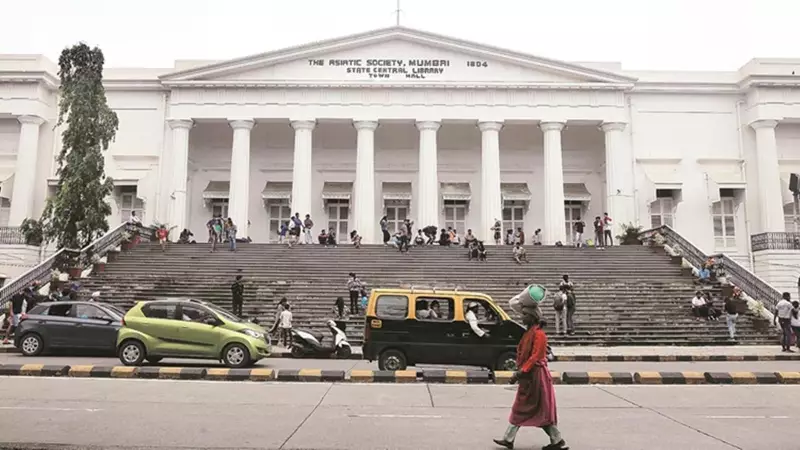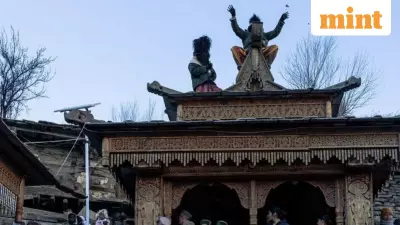
In the heart of Mumbai, a silent battle is unfolding within the hallowed halls of the Asiatic Society. This 221-year-old institution, a cornerstone of India's intellectual history, is grappling with severe neglect even as a struggle for its control plays out behind the scenes.
A Legacy Founded on Knowledge
The Asiatic Society of Mumbai boasts a remarkable history dating back to 1804, when Scottish jurist and historian James Mackintosh established it as a literary society. Inspired by William Jones's Asiatic Society of Bengal, Mackintosh envisioned an institution dedicated to promoting useful knowledge, particularly concerning India.
Throughout the 19th century, the Society grew into an intellectual powerhouse. It absorbed the collections of the Medical and Literary Library and the Geographical and Anthropological societies of Bombay. A significant milestone came in 1826 when it merged with the Royal Society of Great Britain and Ireland as its Bombay Branch. By 1841, the institution began admitting Indian members, welcoming administrators, jurists, and educationists who would become crucial contributors to the Indian renaissance.
The Slow Fade into Marginalization
Despite its glorious past, the Asiatic Society now faces multiple challenges. Urban expansion shifted Mumbai's socio-cultural center away from the historic downtown precinct where the Society stands. The city's reimagining as a hub for Bollywood and finance towards the late 20th century led to what former Society President Aroon Tikekar termed Mumbai's "de-intellectualisation."
The physical evidence of neglect is stark and troubling. Recent reports highlight damaged pillars, rainwater seepage, broken-armed chairs, and barely usable bathrooms. Staff complaints about delayed dues go unaddressed, reflecting the institution's broader financial and administrative struggles.
For many Mumbaikars today, the Society has been reduced to a heritage tour stop or a picturesque backdrop for selfies and film shootings, rather than the vibrant intellectual hub it once was.
The Persistent Pulse of Intellectual Life
Beyond the visible decay, beyond the iconic flight of steps and Doric columns, and past the quiet users of the State Central Library, a rich intellectual vein continues to pulse with life.
Staff members tirelessly navigate corridors housing over a hundred thousand books, locating titles requested by members. Meaningful conversations unfold on sagging sofas beneath the gaze of marble statues depicting British and Indian statesmen. The notice board announces new research into India's maritime history and economic policy, while in the imposing Durban Hall, audiences gather to listen to scholars present their work.
This environment fosters a rare freedom—the freedom to pursue any line of thought, to let one's mind wander deeply into ideas, and to seek knowledge for its own sake. In an era dominated by commerce, soundbites, and relentless specialization, the Asiatic Society maintains a defiant space for contemplative intellectual pursuit.
Why Mumbai Must Cherish Its Intellectual Asset
Great global cities recognize the value of preserving spaces dedicated to the life of the mind. New York boasts the New York Public Library, London treasures the British Library, and Mumbai possesses the Asiatic Society. This 221-year-old institution represents not just colonial legacy but Mumbai's intellectual wealth.
The current challenges—from physical disrepair to administrative battles—present a critical moment for Mumbai to reassess its relationship with this unique asset. Preserving the Asiatic Society means safeguarding a space where knowledge transcends utility, where minds can explore without constraints, and where the city's intellectual heritage continues to breathe and evolve.





